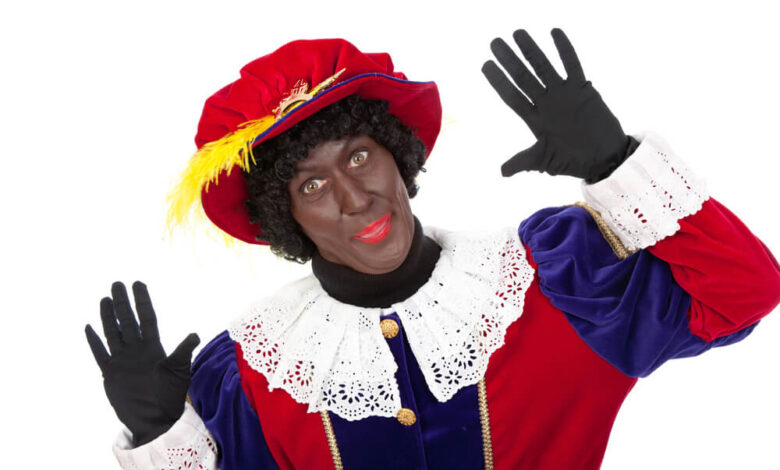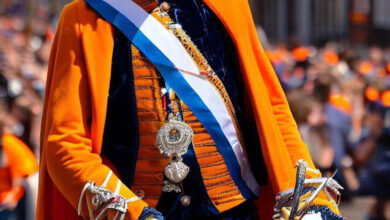
Zwarte Piet: a controversial figure in Dutch tradition
The character of Zwarte Piet (Black Pete) has long been associated with the Dutch celebration of Sinterklaas. Traditionally depicted as the helper of Sinterklaas, Zwarte Piet is characterized by blackface makeup, colorful clothing and exaggerated features. However, in recent years, the portrayal of Zwarte Piet has sparked intense debate and controversy, leading to significant changes in how the character is represented in Dutch culture.
Historical context
The origins of Zwarte Piet can be traced back to the 19th century, when he emerged as a companion to Sinterklaas in various children’s stories and festivities. Initially, the character was seen as a playful and humorous figure, reflecting the joyous spirit of the holiday. However, as societal awareness around issues of race and representation has grown, the traditional depiction of Zwarte Piet has come under scrutiny. Critics argue that the character perpetuates harmful stereotypes and contributes to the normalization of racism, particularly through the use of blackface, which has a painful history tied to colonialism and slavery.
The debate over representation
In recent years, the discussion around Zwarte Piet has intensified, leading to widespread protests and calls for change. Activists, including many from the Dutch Caribbean and other communities, have highlighted the racist implications of the character, arguing that Zwarte Piet should not be celebrated in a modern, multicultural society. Supporters of the traditional portrayal often defend it as a harmless part of Dutch folklore, claiming that it is a beloved cultural tradition that should be preserved.
This clash of perspectives has created a significant divide in Dutch society, with many people advocating for a more inclusive representation of the character. As a result, cities and organizations began to re-evaluate their celebrations, prompting a shift in how Zwarte Piet is depicted.
The rise of Rainbow Piet
In response to the growing criticism, many municipalities and organizations have adopted the concept of Regenboog Piet (Rainbow Pete) as a more inclusive alternative. This new portrayal features Pieten with various skin tones and colors, moving away from the traditional blackface imagery. By representing Zwarte Piet as a diverse character, supporters aim to honor the festive spirit of the holiday while addressing concerns about racial stereotyping.
Rainbow Piet has now become a symbol of change and acceptance within the Sinterklaas celebrations. The shift has been met with mixed reactions; some embrace the new representation as a step toward inclusivity, while others resist it, arguing that it dilutes the traditional essence of the holiday. Nevertheless, the introduction of Rainbow Piet marks a significant moment in the ongoing conversation about race, identity and cultural heritage in the Netherlands.
Looking Forward
As discussions about Zwarte Piet continue, it is clear that the character will remain a focal point of debate in Dutch society. The ongoing evolution of how Zwarte Piet is portrayed reflects broader changes in social attitudes and the importance of addressing issues of race and representation. By embracing characters like Rainbow Piet, the Netherlands takes steps toward creating a more inclusive celebration that respects the diversity of its population.
Ultimately, the conversation around Zwarte Piet serves as a reminder of the need for sensitivity and understanding in preserving cultural traditions while ensuring they align with contemporary values of inclusivity and respect. The future of Sinterklaas celebrations will likely continue to adapt as society navigates these important discussions, aiming to find a balance between honoring cherished customs and fostering a more inclusive environment for all.



